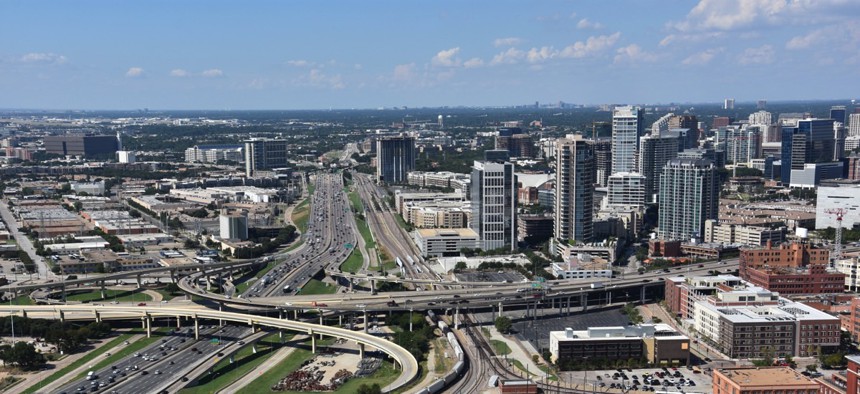A Municipal Model for Place-Based Impact Investing

Dallas, Texas
Dallas foundations have close to $2 billion to spend on social change.
In Texas, a group of local foundations launched the Dallas Impact Investing Collaborative at 2016’s outset and are now looking to enter several transactions combating urban poverty and inequality around the city.
Supported by New York City-based member collaborative Living Cities in its first year, DIIC is fast becoming a model of local, place-based impact investing that other U.S. cities can follow.
Impact investing refers to financing that seeks social gains in addition to monetary ones, and Living Cities has 25 years of experience in the area—though the term itself only recently became fashionable.
“We decided, since they were working to increase experience around impact investing, we would focus on immediate transactions but also learning,” said Tynesia Boyea-Robinson, Living Cities chief impact officer and a Dallas resident, by phone. “Foundations often say they’ll only invest in education or early childhood services, so we’re looking to bring more … innovation to their profiles.”
Living Cities experiments with affordable housing financing vehicles—real estate impact investment many cities are already comfortable with—as well as new models like Pay for Success. Those social impact bonds incentivize the delivery of better outcomes at lower costs.
The collaborative also considers loan investments in companies that “do good and do well” like San Francisco-based Chariot, which aims to solve cities’ last mile problem—the gap between where public transit ends and low-income people needing to get to work—by crowdsourcing rides for commuters.
In Dallas, government officials, community leaders and foundations had been looking to impact invest around $2 billion in assets for about two years, Boyea-Robinson said.
Changing demographics and a growing economy haven’t alleviated the Star of Texas’ high poverty rate, so Living Cities offered to staff DIIC for a year in an attempt to catalyze investment to address the issue.
The initial goal: pursue at least one transaction each quarter. On Oct. 26, DIIC deployed $1.1 million in capital to fund a mixed-use development at Paul Quinn College, a private, historically black college, intended to revitalize the Highland Hills neighborhood in southern Dallas.
While that might sound old hat, Boyea-Robinson said, affordable housing will grow the community with a focus on single mothers, students and teachers. Child care will even be located on site, and a grocery store is opening soon.
“The cost for capital is often high in communities that are underinvested in,” Boyea-Robinson said.
As for as the look of the affordable housing, it will surpass the style of the neighborhood,” she added.
The project also happens to align with Mayor Mike Rawlings’ three-year, public sector Grow South initiative to roll out five infrastructure and capital improvement projects bringing sustainable growth to south Dallas.
In accordance with tax law, 5 percent of foundation money goes toward grants and the other 95 percent is traditionally invested in stocks and bonds. Getting an extra portion going toward social impacts ensures a reusable return of capital, Boyea-Robinson said, which is exactly what DIIC accomplishes.
Living Cities is currently working with DIIC’s close to 10 foundations to formalize by December transition of control over to them. Members must decide if the team will grow.
“There’s a lot of money they can play with in Dallas and a high enough poverty rate they see a reason to do that,” Boyea-Robinson said. “Investing in this way is not just moral but an economic imperative.”
Dave Nyczepir is a News Editor at Government Executive’s Route Fifty and is based in Washington D.C.
NEXT STORY: No Pension Reform for Pennsylvania; N.J. City to Sue Neighbors Over Sewers






